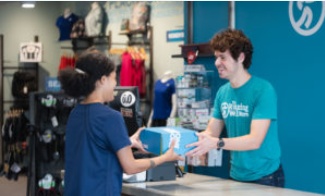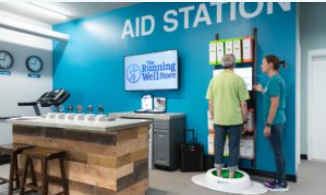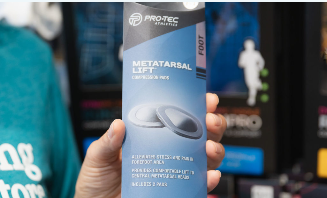BEST SHOES FOR MORTON’S NEUROMA IN KANSAS CITY
Say goodbye to Morton’s Neuroma
Address your pain even when you can't see it.
Morton’s Neuroma has no visible signs, such as a bump. With no physical signs of an injury, you must go by what you feel.
The first sign may be a tingling between your toes, but is usually described as a pebble or a rock in your shoe. At The Running Well Store, we pride ourselves on making sure you feel listened to and that you get the information you need. Our team goes above and beyond to help you find the best shoes (and other helpful products) for Morton’s Neuroma.

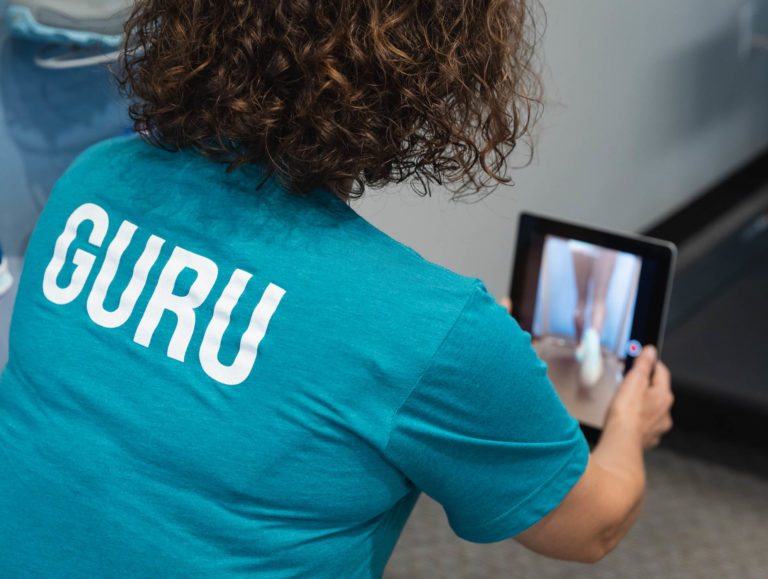
About Morton’s Neuroma
The cause of Morton’s Neuroma is not known, however, the choice of footwear seems to be a factor. Wearing high heels (this may be why ladies tend to have the injury more than men) can put extra pressure on the balls of the feet. Wearing tight-fitting, narrow or pointed-toed shoes may squeeze the toes together and limit their movement. Women are about 8 to 10 times more likely to develop a Morton’s Neuroma.
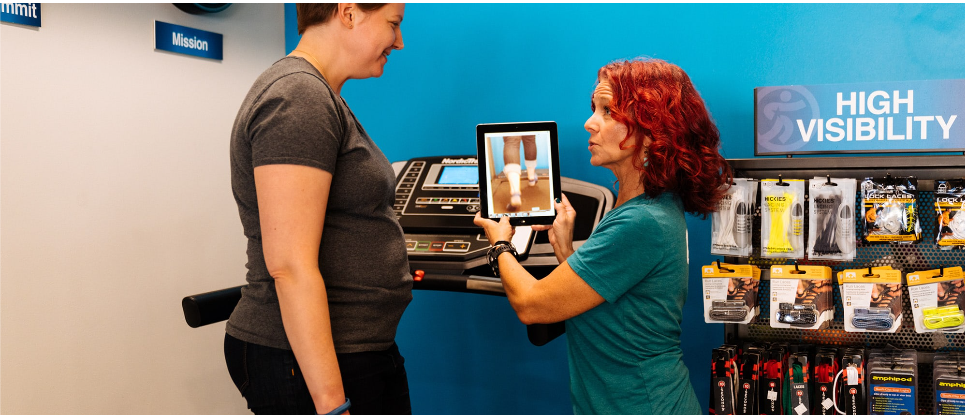
Symptoms of Morton's Neuroma:
Common symptoms include:
- A sharp or stinging pain between the toes especially under pressure from standing or walking
- Swelling between the toes
- Tingling (“pins and needles”) and numbness
- Feeling like there is a “bunched-up sock” or a pebble or marble under the ball of the foot
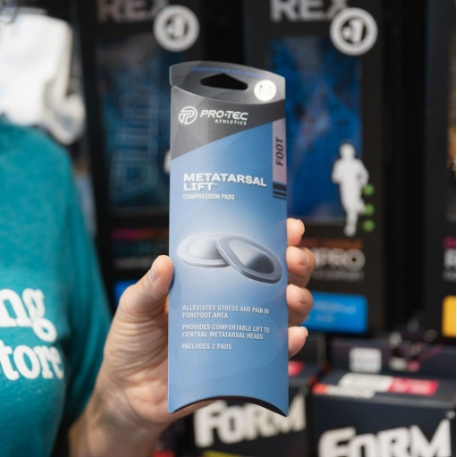
Tips for how to treat Morton's Neuroma
Arch supports and foot pads fit inside your shoe and help reduce pressure on the nerve. These can be purchased over-the-counter at all three Running Well Store locations and online. Or at The Running Well Store in Mission, KS you can have a 3D foot scan for custom orthotics.
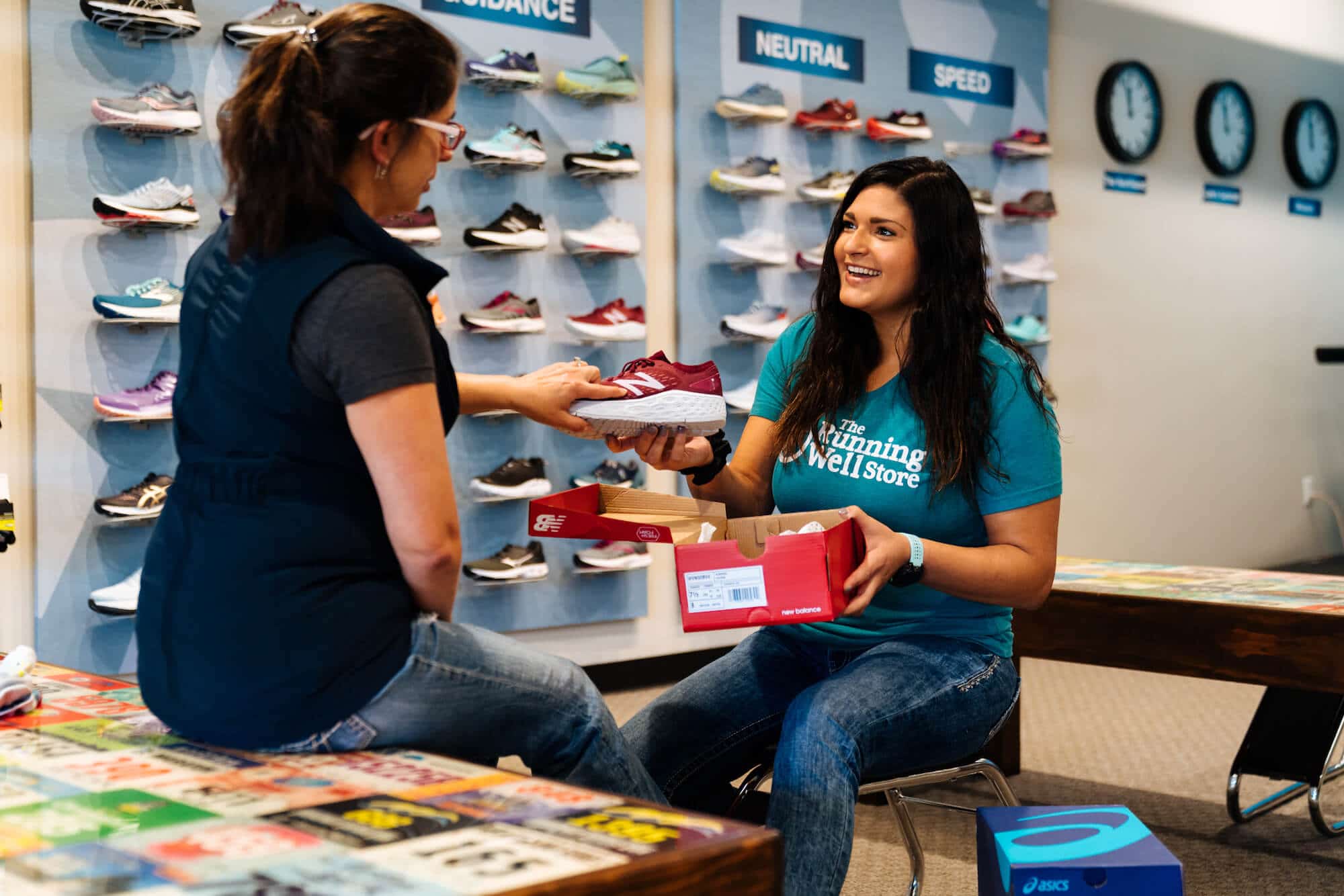
Not sure where to start?
The road to recovery is best run cautiously and patiently.
If you are in Kansas City and struggle with Morton’s Neuroma we can help you find relief from your pain, The Running Well Store can help. Schedule a fitting online or simply give your nearest location a call and we’ll provide personalized recommendations to get you back to your fitness goals

